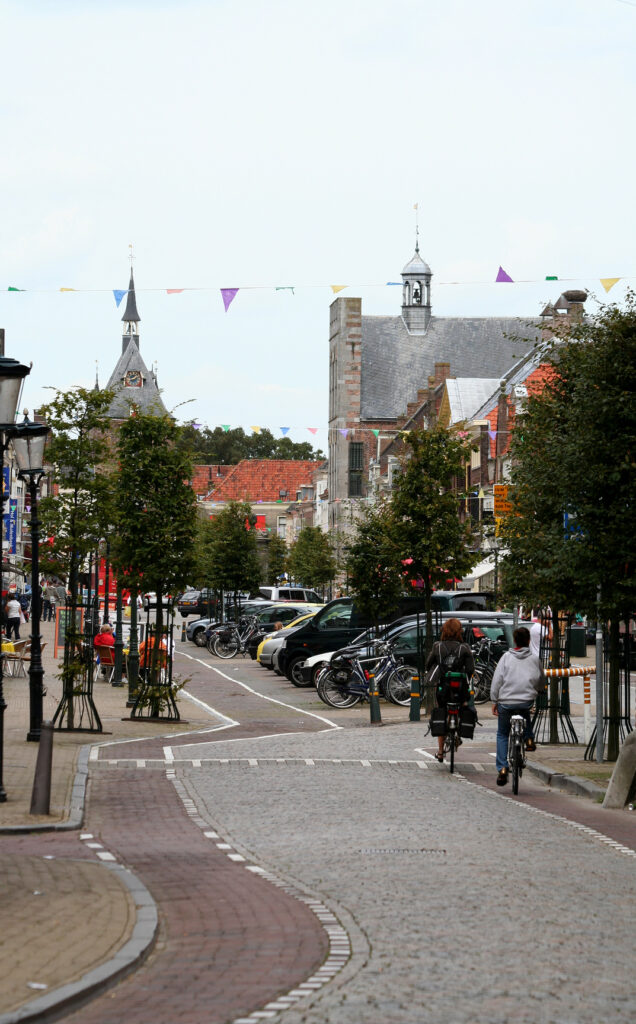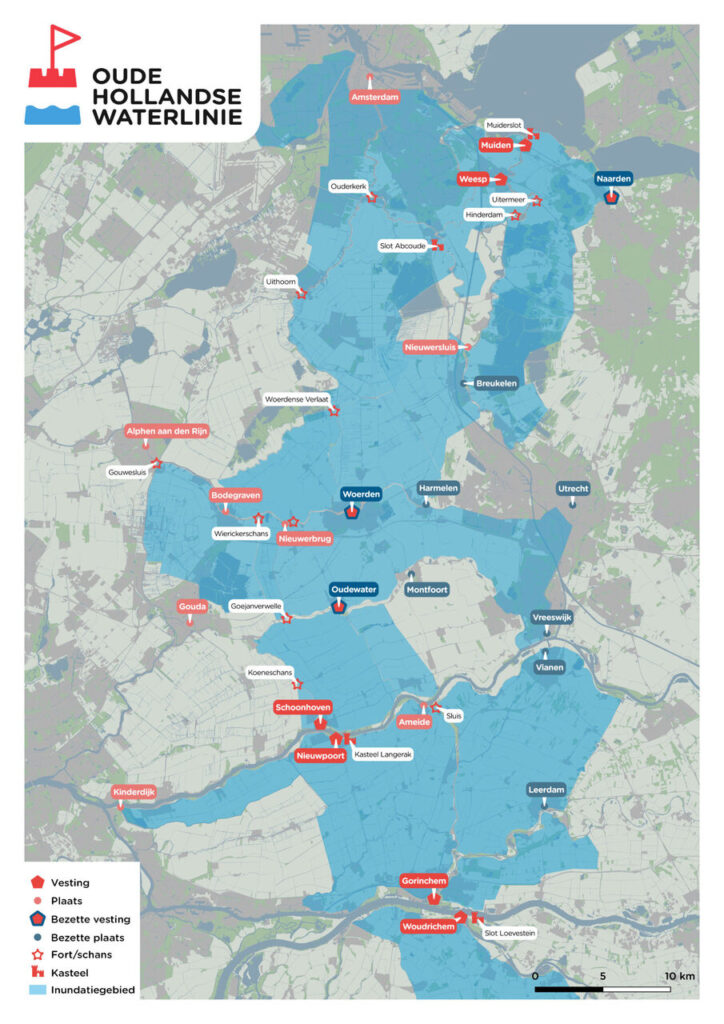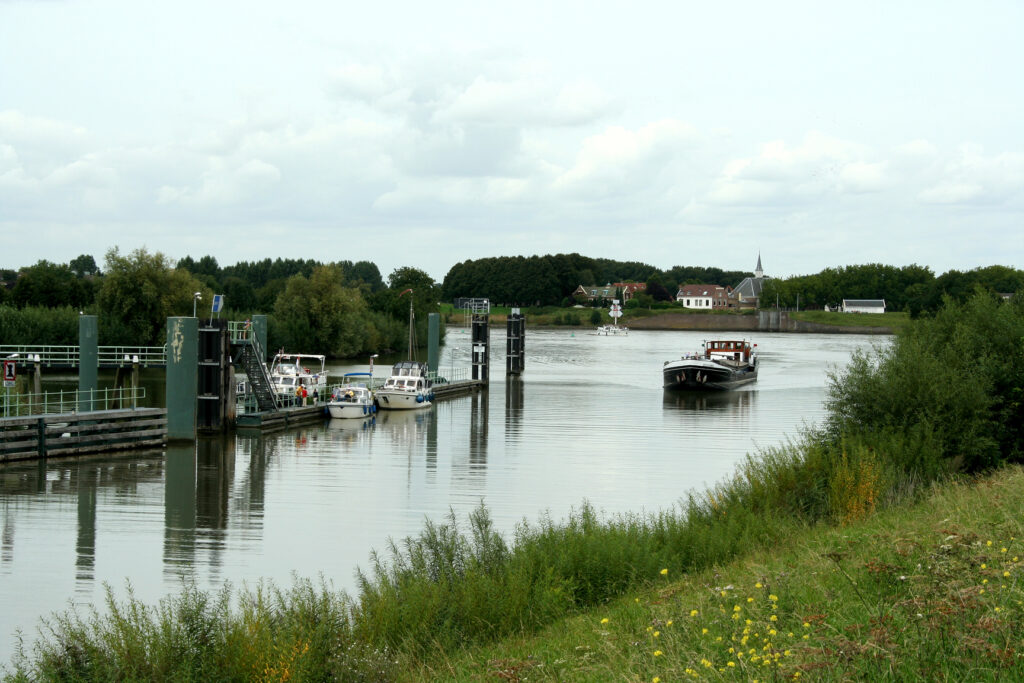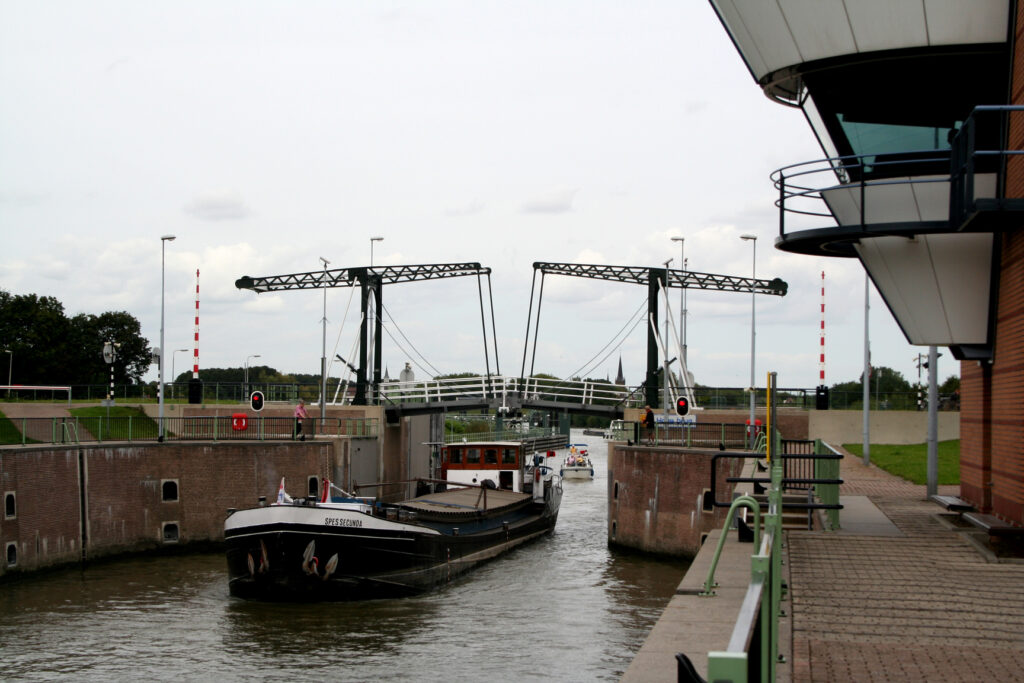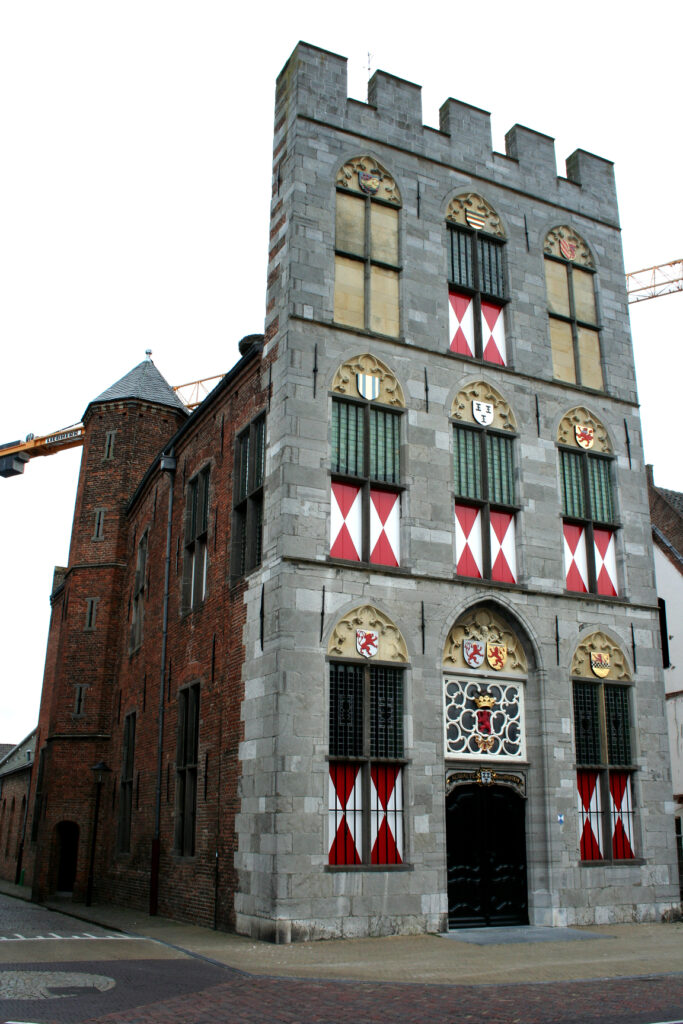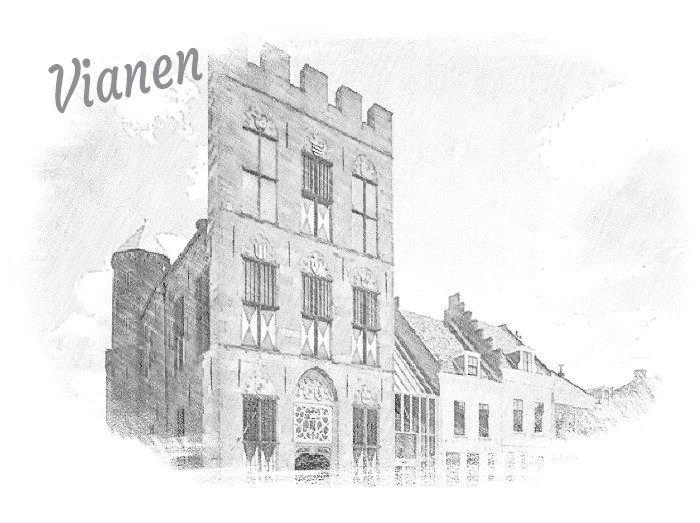
A Charming Blend of History and Modernity
Vianen’s rich history dates back to the 11th century when it was a bustling trading hub. The town’s historic center showcases beautifully preserved architecture, including the iconic St. John’s Church and the grand Vianen Castle, both reflective of its medieval heritage. Wandering through its streets feels like a journey back in time, where every corner reveals a piece of its storied past.
However, Vianen isn’t trapped in the past; it has seamlessly integrated modern amenities and a thriving cultural scene. Quaint shops and traditional eateries coexist with modern boutiques and innovative restaurants, catering to a diverse range of tastes. The town’s commitment to maintaining a balance between old-world charm and contemporary vitality is truly remarkable.Vianen’s strategic location along major transportation routes has made it a thriving hub for commerce and trade. This position has also facilitated a cosmopolitan atmosphere, attracting people from various walks of life. The town’s festivals and events celebrate its heritage while welcoming the influences of the modern world.In essence, Vianen is a place where time-honored history intertwines with the aspirations of the present. Its ability to cherish its past while embracing progress serves as an inspiration to both residents and visitors, making Vianen a true gem in the Dutch landscape.WEIR HAGESTEIN NEAR VIANEN
Weir Hagestein is the westernmost of the 3 identical weir complexes in the Lek and the Lower Rhine (the Dutch part of the Rhine). The 3 weir complexes in Hagestein, Amerongen and Driel ensure that enough water flows from the Rhine towards the IJssel, in order to continue to feed the IJsselmeer with fresh water. The weir complexes also ensure that the Lower Rhine and Lek remain safe and easily navigable. The complex at Hagestein also has a lock and a fish passage that allows fish to pass the weir. The 2 visor sliders of the weir that stop the river water are called that, because they are reminiscent of the visor of a knight’s helmet. The now 60-year-old and characteristic shape of the visor sliders and support arches are still sufficient.
shopping street
Voorstraat is a charming and historic street located in the small town of Vianen.
It is lined with beautifully restored buildings that date back to the 17th and 18th centuries, giving the street an old-world charm that visitors adore. Many of the properties in the area have been converted into shops, cafes, and bars, making it a popular destination for tourists and locals alike.
Visitors to Voorstraat can enjoy exploring the various boutique stores, art galleries, and antique shops that are scattered throughout the street. There are also plenty of restaurants and cafes to choose from, serving a range of delicious local and international cuisine.
Despite its popularity, Voorstraat manages to maintain its quaint and relaxed atmosphere, making it the perfect place for a leisurely stroll or a day of window shopping. It’s a must-visit destination for anyone who appreciates history, culture, and architecture.

Stedelijk Museum
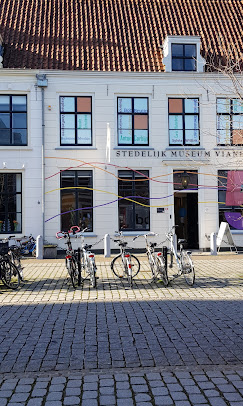
The Stedelijk Museum in Vianen is a small but charming art museum. The museum’s collection features works from contemporary Dutch artists as well as historical pieces that showcase the cultural heritage of the region. Visitors to the museum can enjoy a variety of exhibitions throughout the year, with everything from paintings and sculptures to installations and photography on display. The museum is also dedicated to engaging with the community and offers educational programs and workshops for both children and adults. Additionally, the Stedelijk Museum is housed in a beautiful 17th-century building, making it an attraction not just for art enthusiasts, but also for those interested in architecture and history. Overall, the Stedelijk Museum in Vianen is a must-visit destination for anyone looking to explore the rich artistic and cultural heritage of the Netherlands.
About 3400 years ago, the first settlements were in the village of Vianen, but the village was often plagued by floods, so that the inhabitants always went to live somewhere else.
Around the year 1000 AD, there were only definitive settlements.
The city is located in a strategically important place on the Lek. After the Kromme Rijn near Wijk bij Duurstede was dammed in 1122, ships had to pass Vianen in the direction of Utrecht. Later, the city was a link in the New Dutch Water Line.
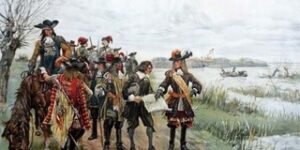
The Old Dutch Water Line was conceived in 1672 to prevent a French invasion of Holland. By flooding the polder land between fortified cities, the province of Holland created an impenetrable line. For a year and a half, the French armies tried to find roads through the Old Dutch Water Line, but to no avail. In November 1673 they withdrew, and a month later the Dutch started grinding the polders dry. The Old Dutch Water Line had an enormous size, and at its peak was larger than the IJsselmeer.
For a year and a half, the French armies tried to find roads through the Old Dutch Water Line, but to no avail. In November 1673 they withdrew, and a month later the Dutch started grinding the polders dry. The Old Dutch Water Line had an enormous size, and at its peak was larger than the IJsselmeer. From the Zuiderzee the line extended to the Brabant marshes. Especially in the countryside there was a lot of resistance to the Old Dutch Water Line. Farmers sometimes had to wait years until the land was dry enough for their cattle. The army led by Prince William III of Orange had no idea: sabotage was punishable by death.
The Old Dutch Water Line was about half a meter deep. The ditches became invisible, but it wasn’t deep enough to sail over. French soldiers walking through the shallow water line could suddenly fall into a ditch. Along the quays and dikes, the Dutch built forts and redoubts. On these narrow access roads, the French had no use for their large army. The Old Dutch Water Line sometimes worked in favor of the French. It was also a big hurdle for the Dutch. As a result, only one major battle took place along the line. In October 1672, the Battle of Kruipin was decided in French favor east of Woerden.
river lek
The River Lek is a major river in the Netherlands, flowing through the central and western parts of the country.
It is approximately 60 kilometers long and runs from the Nederrijn to the Merwede. The River Lek is an important waterway for shipping and transportation, with many cargo ships and barges traveling up and down the river. The town of Vianen is situated on the River Lek, and it is a popular spot for boating, fishing, and other recreational activities. Many people enjoy strolling along the picturesque banks of the river, enjoying the natural beauty of the area. The River Lek and its surrounding landscape are an important part of the cultural and environmental heritage of the Netherlands, and they play a crucial role in the country’s history and economy.
lekpoort
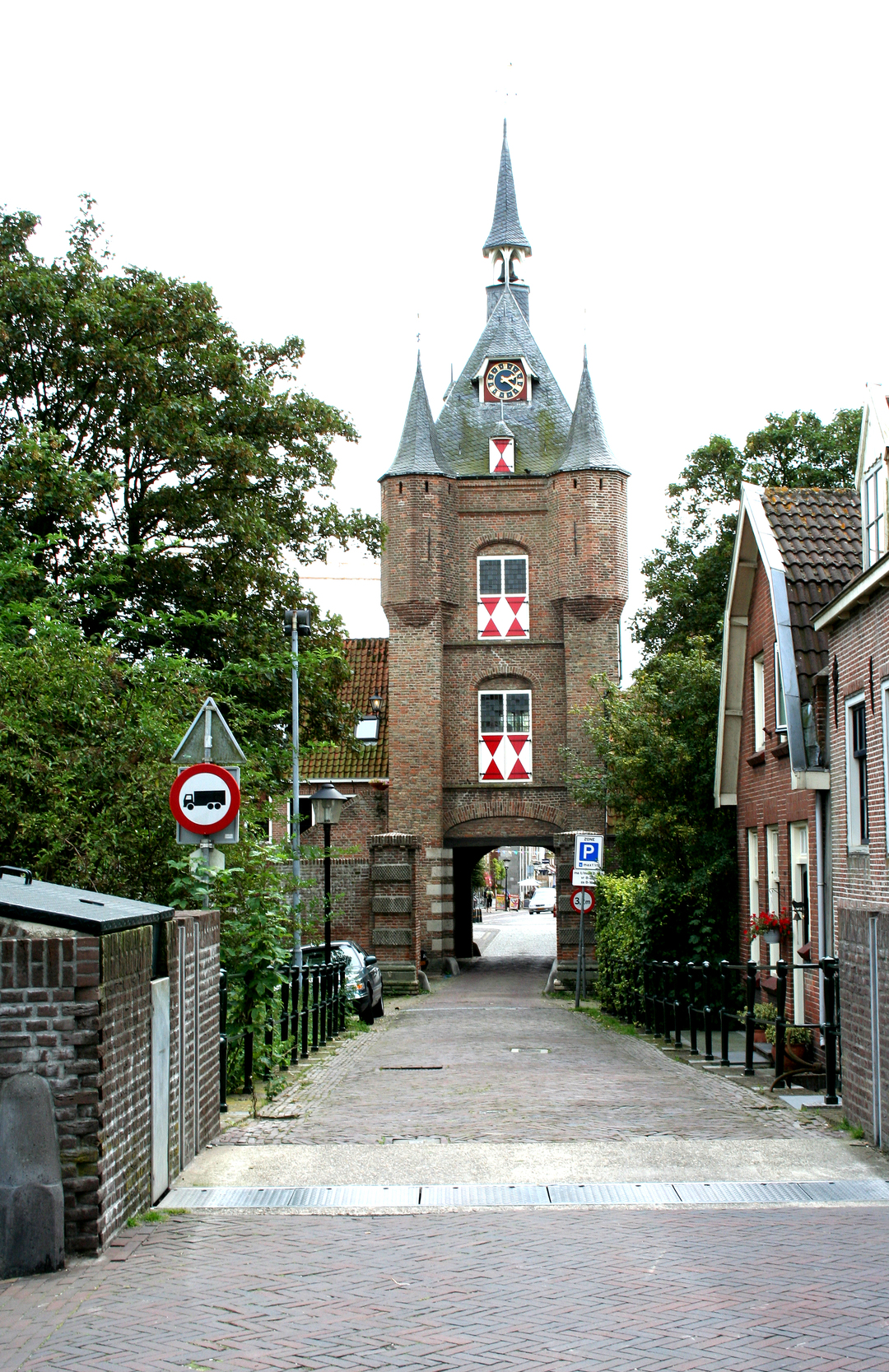
Lekpoort is a historical landmark in Vianen.
The gate is part of the town’s former defense system and marks the entrance to the old city center.
Built in the 14th century, the Lekpoort has undergone several renovations over the centuries, but still retains its medieval architecture and character. The gate is made of bricks and features a pointed arch and a small tower. Visitors can admire the beautiful details and reliefs on the façade. Today, the Lekpoort serves as a reminder of Vianen’s rich history and is a popular spot for tourists to take pictures. The gate is located at the intersection of Lekstraat and Voorstraat and is easily reachable by foot or bike

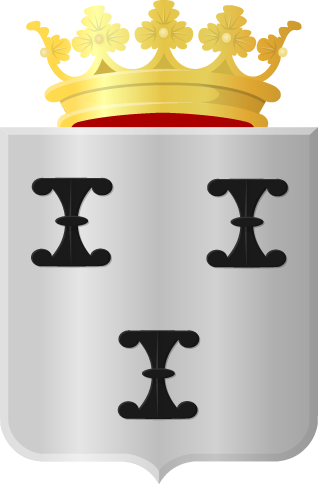
The coat of arms of Vianen is derived from the coat of arms of the Lords of Vianen. The Van Vianen family, like the Van Culemborg family, came from the Van Beusichem family, who carried the three columns as their coat of arms. These families also carried the three pillars in their coat of arms. Later the coat of arms passed to the city and the municipality. It has appeared on the city seals of Vianen since 1532. In the municipal reorganization of 1986, in which Everdingen and Hagestein were added to Vianen, it was decided not to change the coat of arms, because those two places were in the hands of the same family in the fourteenth century, and because the three columns symbolize the three municipalities.
The Grote sluis Vianen
The Grote sluis Vianen is a lock between the Lek and the Merwede canal south of the Lek, in Vianen in the Dutch province of Utrecht. The lock has two consecutive bulkheads of 120 m length, width 12 m, gully width 24 m, depth outer threshold NAP -2.24 m, depth middle and inner threshold KP -3.64 m[1], and a double drawbridge – the High bridge – over the outer head, height in closed position NAP +6.50 m. Over the inner head is the Juliana bridge, a drawbridge, height in closed position KP +3.70 mNo bridge or lock fee is levied.
townhall
The townhall of Vianen is a prominent and historic building located in the heart of the town.
Built in the late 15th century, it was initially used as a courthouse and prison before being converted into a town hall in the 19th century. The building is a stunning example of Gothic architecture, with intricate details and decorations adorning the façade and interior. It features a clock tower and a beautiful courtyard surrounded by arched walkways. Today, the town hall is still in use as the administrative centre for the local government, and it is a popular place for weddings and other events due to its unique and picturesque setting. Visitors to Vianen should definitely take the time to admire the town hall’s impressive architecture and learn about its fascinating history.







